The amount of sunlight that strikes the earth's surface in an hour and a half is enough to handle the entire world's energy consumption for a full year. Solar technologies convert sunlight into electrical energy either through photovoltaic (PV) panels or through mirrors that concentrate solar radiation. This energy can be used to generate electricity or be stored in batteries or thermal storage.
Below, you can find resources and information on the basics of solar radiation, photovoltaic and concentrating solar-thermal power technologies, electrical grid systems integration, and the non-hardware aspects (soft costs) of solar energy. You can also learn more about how to go solar and the solar energy industry. In addition, you can dive deeper into solar energy and learn about how the U.S. Department of Energy Solar Energy Technologies Office is driving innovative research and development in these areas.
Solar Energy 101
Solar radiation is light – also known as electromagnetic radiation – that is emitted by the sun. While every location on Earth receives some sunlight over a year, the amount of solar radiation that reaches any one spot on the Earth’s surface varies. Solar technologies capture this radiation and turn it into useful forms of energy. Learn about the basics of solar radiation.
There are two main types of solar energy technologies—photovoltaics (PV) and concentrating solar-thermal power (CSP).
Photovoltaics Basics
You're likely most familiar with PV, which is utilized in solar panels. When the sun shines onto a solar panel, energy from the sunlight is absorbed by the PV cells in the panel. This energy creates electrical charges that move in response to an internal electrical field in the cell, causing electricity to flow.
-
 Learn the basics of how photovoltaic (PV) technology works with these resources from the DOE Solar Energy Technologies Office.
Learn the basics of how photovoltaic (PV) technology works with these resources from the DOE Solar Energy Technologies Office. -
 Solar photovoltaic modules are where the electricity gets generated, but are only one of the many parts in a complete photovoltaic (PV) system.
Solar photovoltaic modules are where the electricity gets generated, but are only one of the many parts in a complete photovoltaic (PV) system.
-
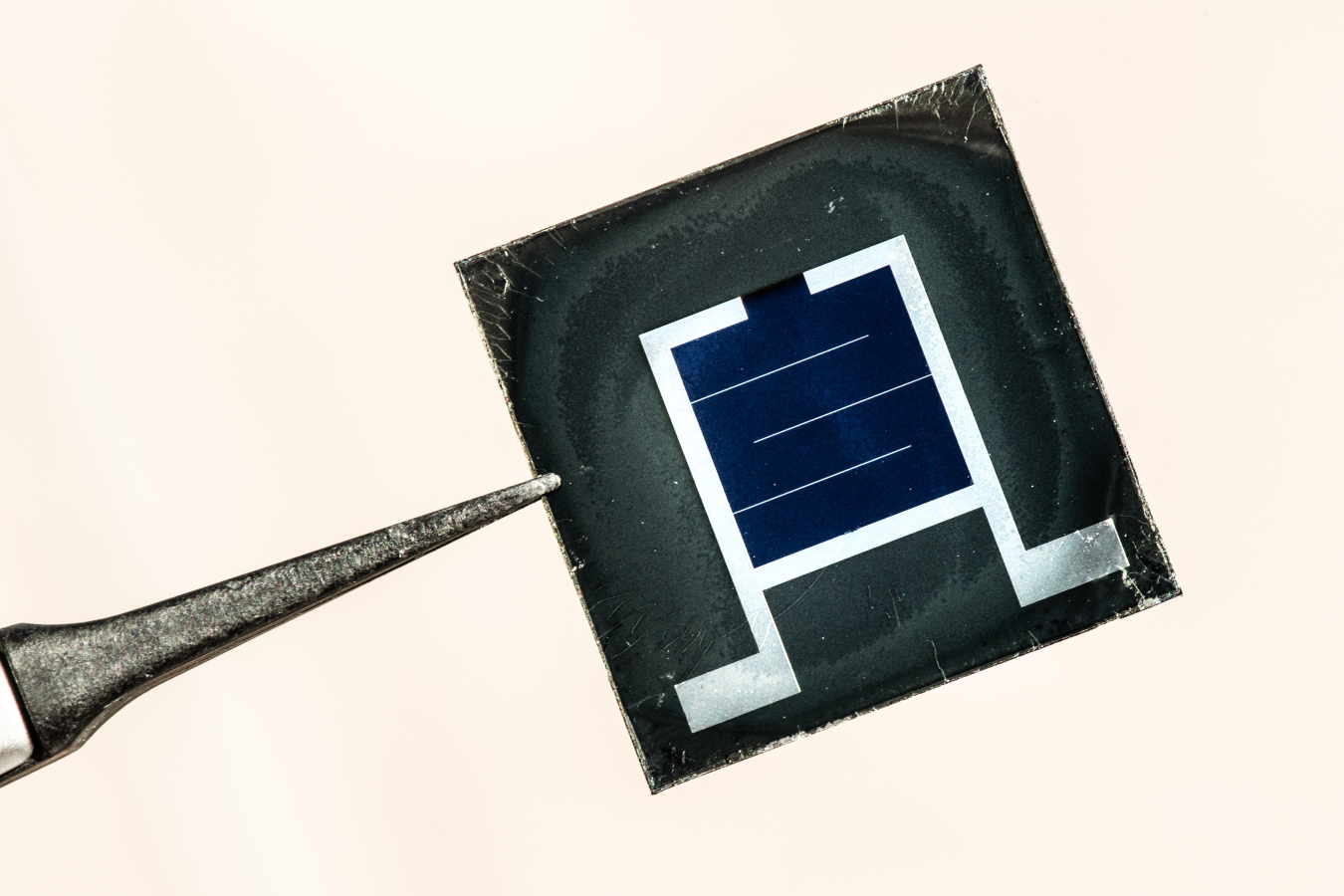
- Solar Energy
- Clean Energy
- Renewable Energy
- Semiconductors and Microelectronics
- Next-Generation Energy Technologies
Part 1 of the PV Cells 101 primer explains how a solar cell turns sunlight into electricity and why silicon is the semiconductor that usually does it. -
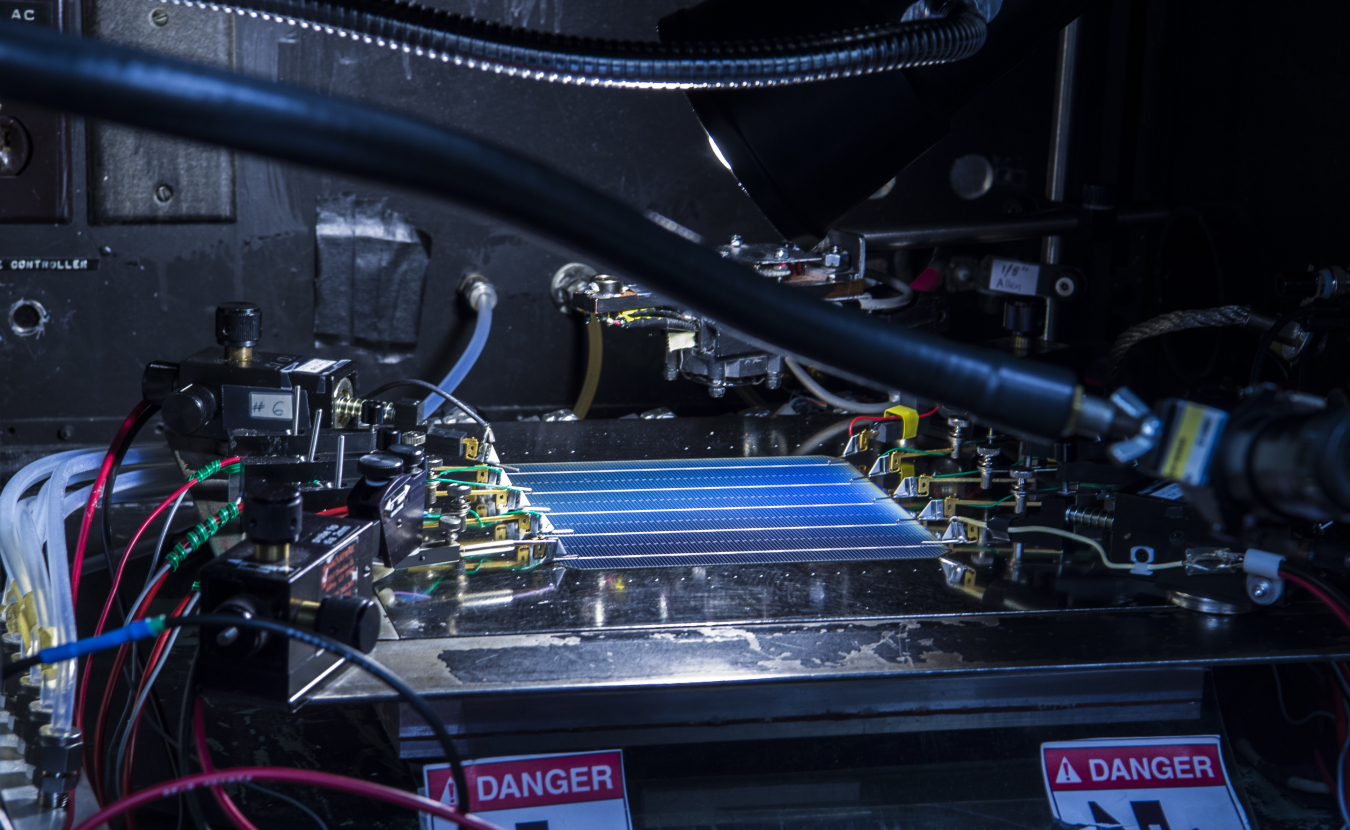 Improving photovoltaic (PV) efficiency is a key goal of research and helps make PV technologies cost-competitive with conventional sources of energy.June 27, 2023
Improving photovoltaic (PV) efficiency is a key goal of research and helps make PV technologies cost-competitive with conventional sources of energy.June 27, 2023
-
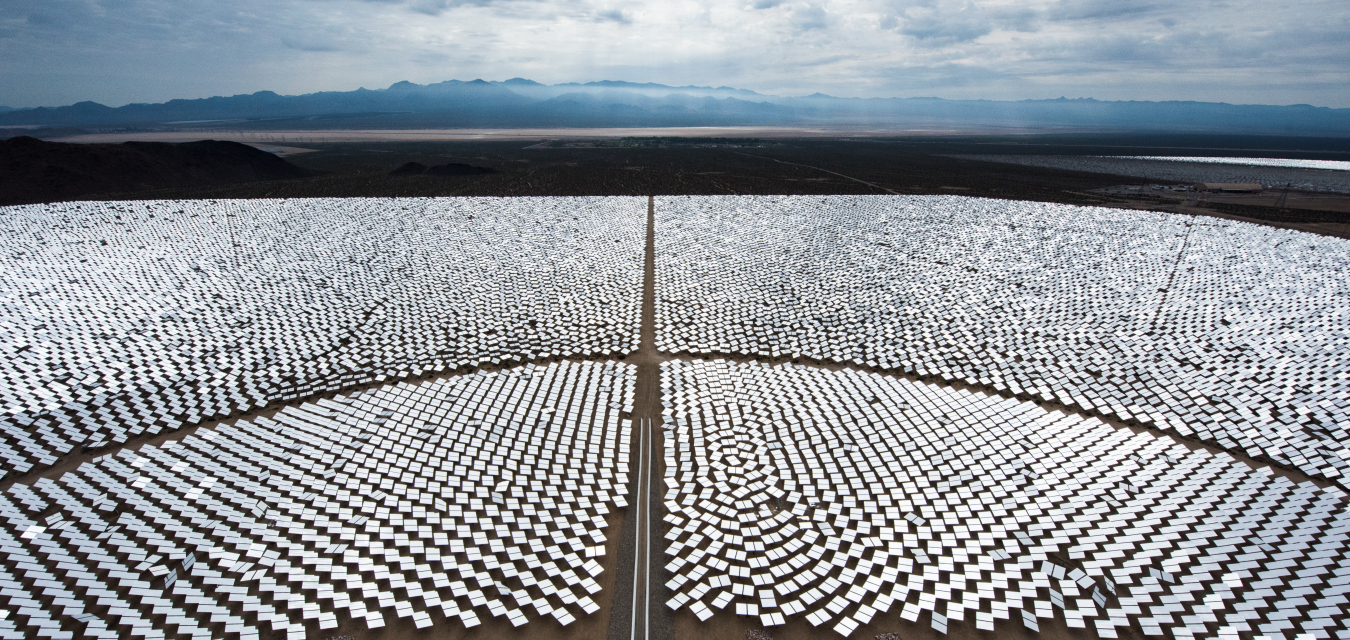 Learn the basics of how concentrating solar-thermal power (CSP) works with these resources from the DOE Solar Energy Technologies Office.June 20, 2023
Learn the basics of how concentrating solar-thermal power (CSP) works with these resources from the DOE Solar Energy Technologies Office.June 20, 2023 -
 One challenge facing solar energy is reduced energy production when the sun sets or is blocked by clouds. Thermal energy storage is one solution.December 10, 2021
One challenge facing solar energy is reduced energy production when the sun sets or is blocked by clouds. Thermal energy storage is one solution.December 10, 2021
-
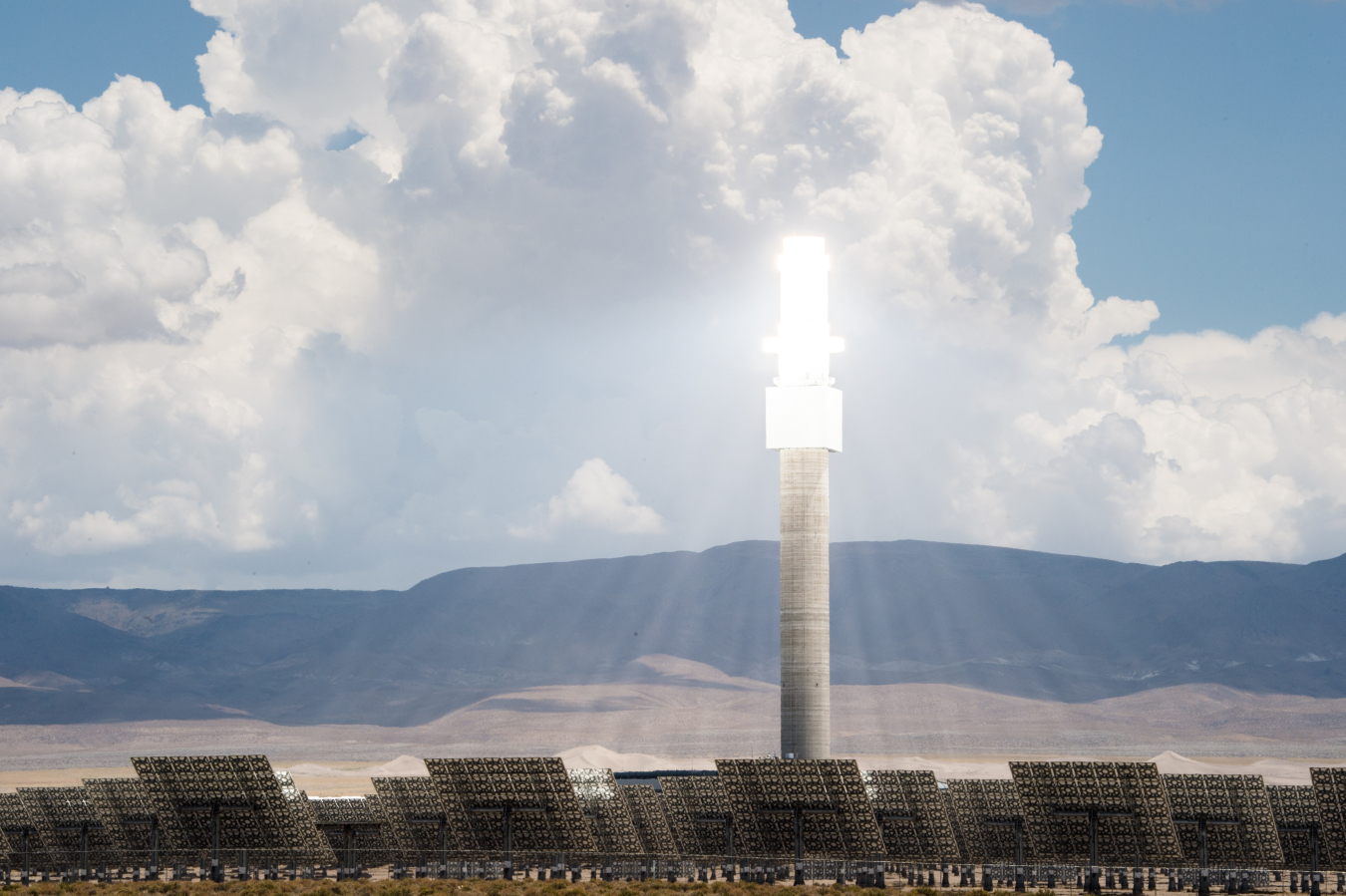 In power tower concentrating solar power systems, several flat, sun-tracking mirrors focus sunlight onto a receiver at the top of a tall towerOctober 27, 2020
In power tower concentrating solar power systems, several flat, sun-tracking mirrors focus sunlight onto a receiver at the top of a tall towerOctober 27, 2020 -
Linear concentrating solar power (CSP) collectors capture the sun's energy with large mirrors that reflect and focus the sunlight on a linear receiverDecember 4, 2020
Systems Integration Basics
Solar energy technology doesn’t end with electricity generation by PV or CSP systems. These solar energy systems must be integrated into homes, businesses, and existing electrical grids with varying mixtures of traditional and other renewable energy sources.
-
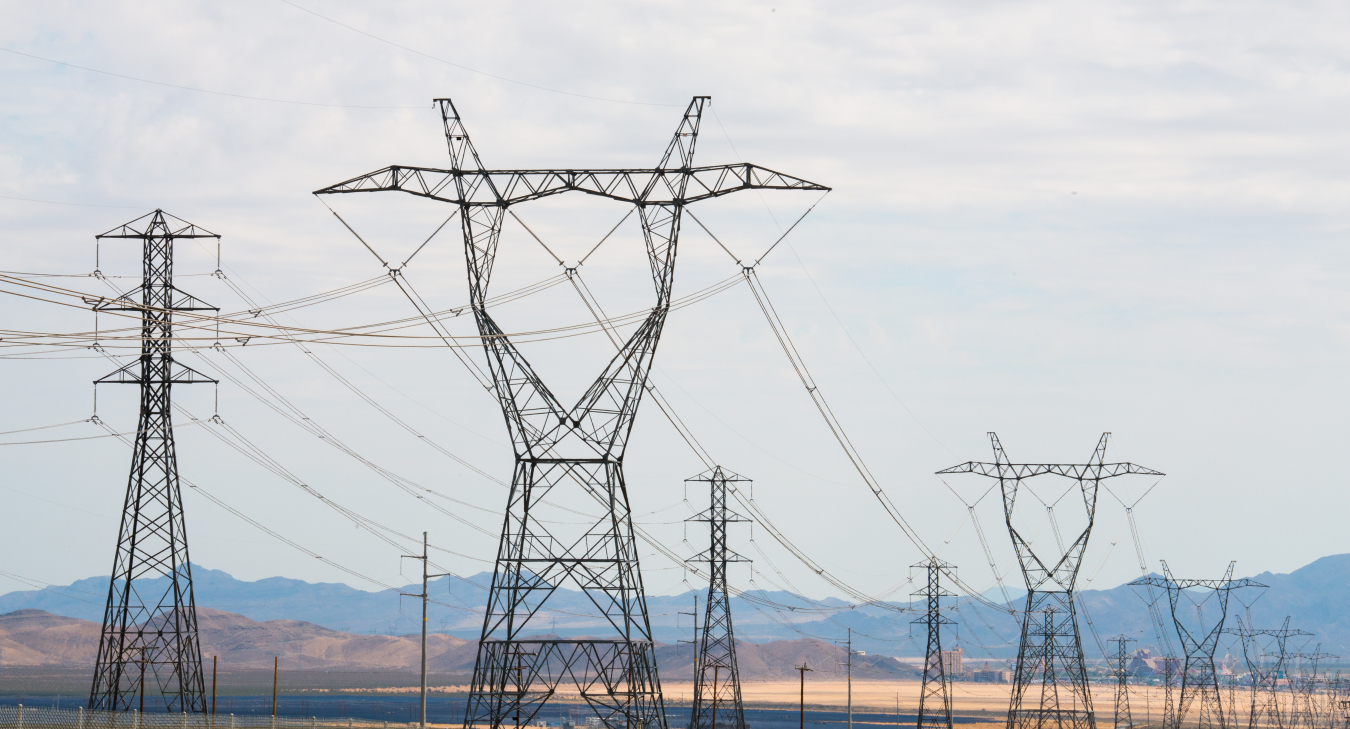 Learn the basics of how solar energy technologies integrate with electrical grid systems through these resources from the DOE Solar Energy Office.November 23, 2024
Learn the basics of how solar energy technologies integrate with electrical grid systems through these resources from the DOE Solar Energy Office.November 23, 2024 -
 This page explains what an inverter is and why it's important for solar energy generation.December 10, 2019
This page explains what an inverter is and why it's important for solar energy generation.December 10, 2019
-
 This resource page looks at ways to ensure continuous electricity regardless of an unforeseen event are by using distributed energy resources.October 6, 2022
This resource page looks at ways to ensure continuous electricity regardless of an unforeseen event are by using distributed energy resources.October 6, 2022 -
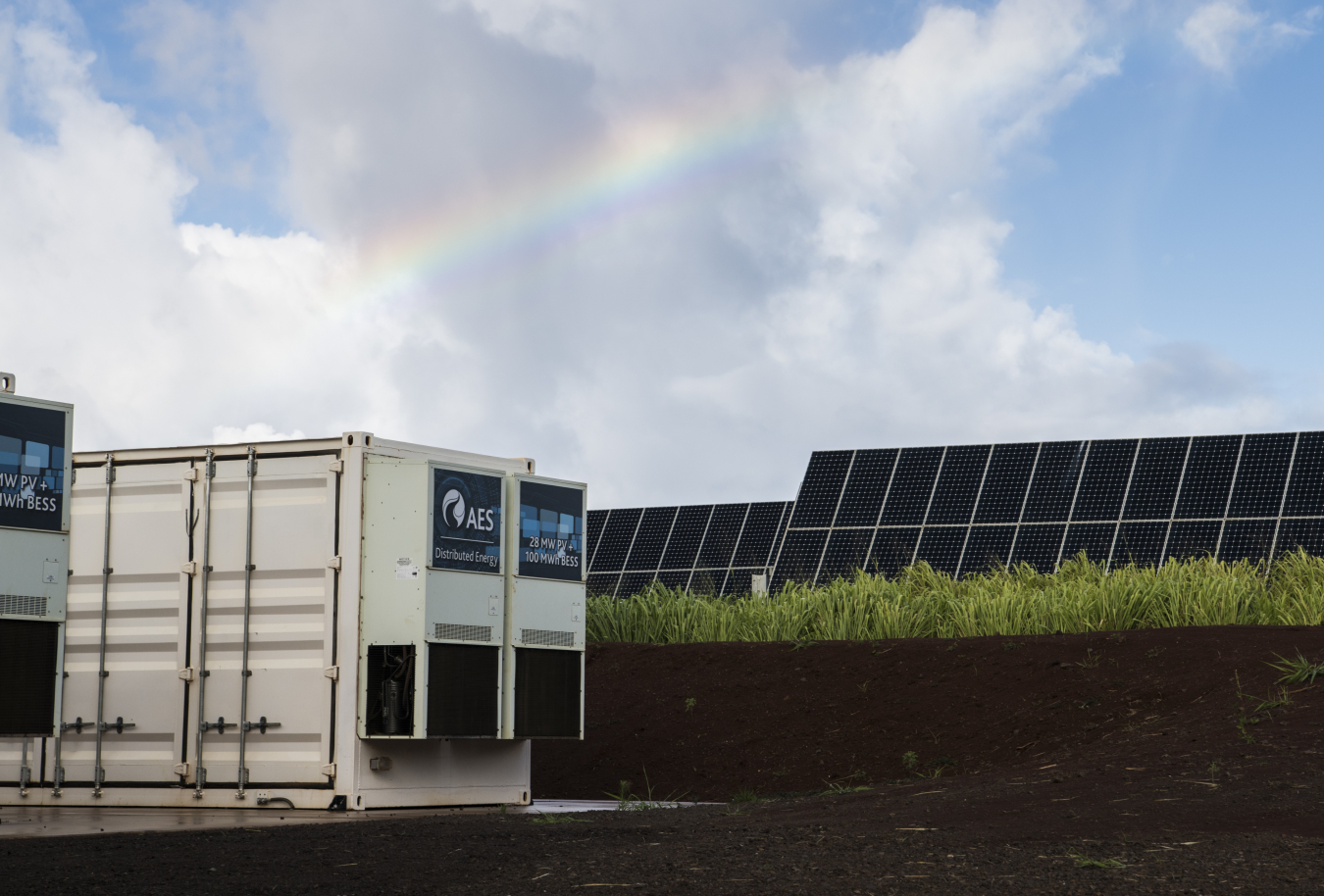 Storage helps solar contribute to the electricity supply even when the sun isn’t shining by releasing the energy when it's needed.November 23, 2024
Storage helps solar contribute to the electricity supply even when the sun isn’t shining by releasing the energy when it's needed.November 23, 2024
Soft Costs Basics
A number of non-hardware costs, known as soft costs, also impact the cost of solar energy. These costs include permitting, financing, and installing solar, as well as the expenses solar companies incur to acquire new customers, pay suppliers, and cover their bottom line. For rooftop solar energy systems, soft costs represent the largest share of total costs.
-
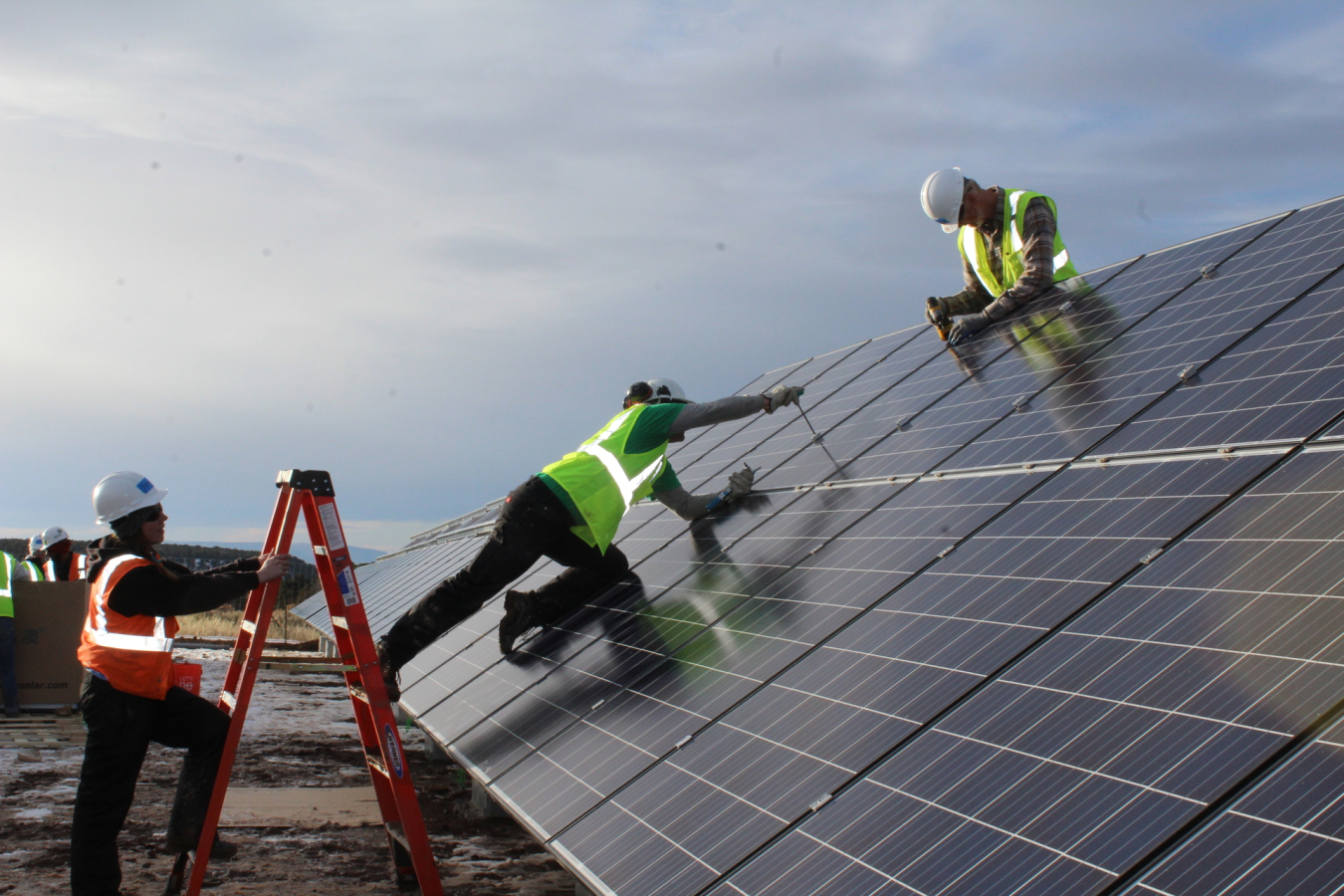 Learn the basics of what solar soft costs are and how they impact solar energy adoption with resources from the DOE Solar Energy Technologies Office.January 14, 2025
Learn the basics of what solar soft costs are and how they impact solar energy adoption with resources from the DOE Solar Energy Technologies Office.January 14, 2025 -

- SunShot
As the solar energy market expands, alternative business models like community solar are gaining popularity.February 6, 2025
-
This interactive webpage shows how SETO-funded research and technology adds clarity, speed, & cost savings, making solar energy a simple choice.September 23, 2022
-
Solar workforce development includes online training, on-the-job training, curriculum development, and other activities that prepare people for solar.February 6, 2025
Going Solar Basics
Solar energy can help to reduce the cost of electricity, contribute to a resilient electrical grid, create jobs and spur economic growth, generate back-up power for nighttime and outages when paired with storage, and operate at similar efficiency on both small and large scales.
-
 SETO resources can help you figure out what’s best for you when it comes to going solar. Consider these questions.December 18, 2024
SETO resources can help you figure out what’s best for you when it comes to going solar. Consider these questions.December 18, 2024 -
 If you are an agricultural land owner and are considering your options to go solar, here are some resources to help you decide what’s best for you.December 11, 2024
If you are an agricultural land owner and are considering your options to go solar, here are some resources to help you decide what’s best for you.December 11, 2024
-
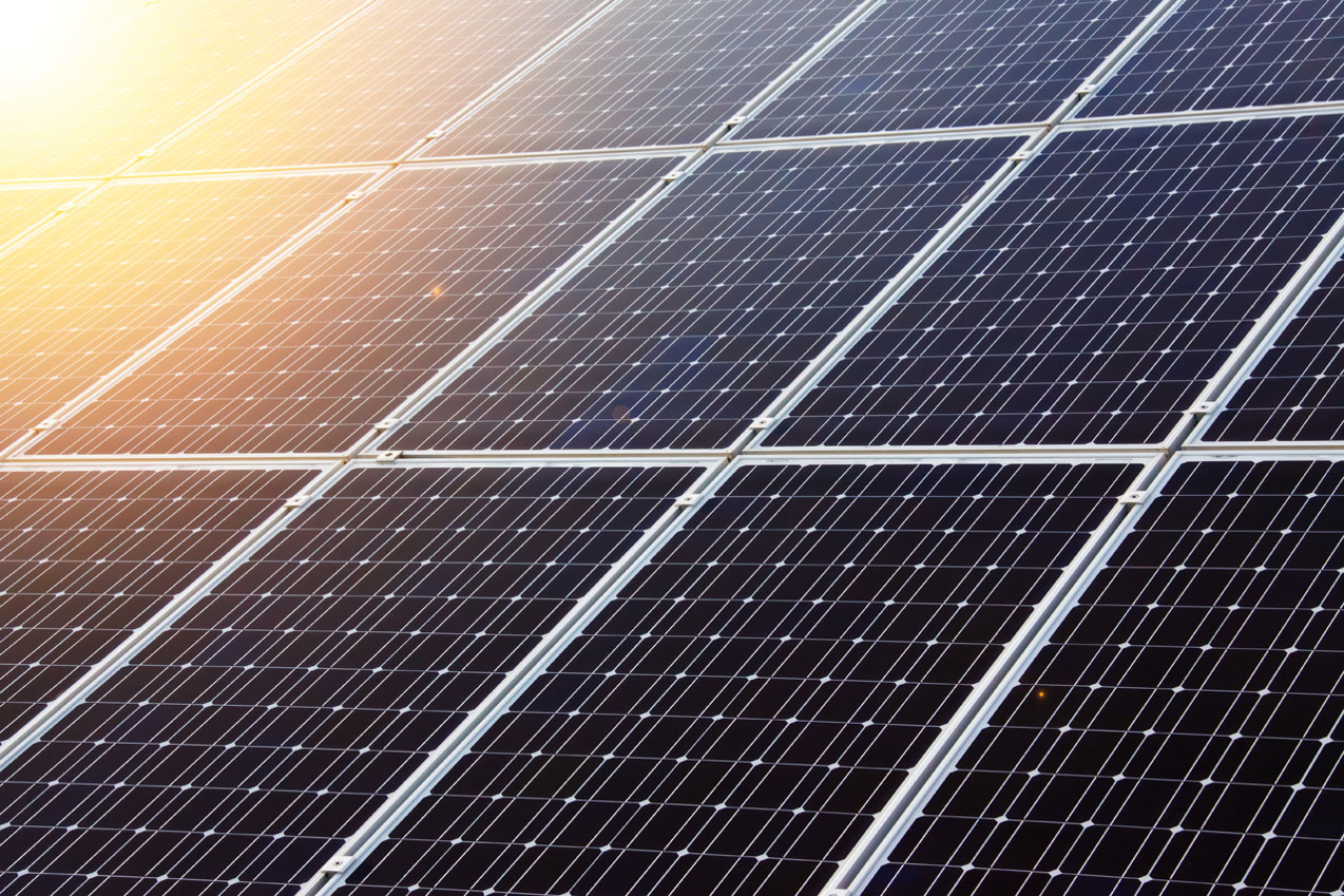 To help consumers quantify the potential benefits of going solar, national laboratories and private companies have developed a number of tools.December 28, 2023
To help consumers quantify the potential benefits of going solar, national laboratories and private companies have developed a number of tools.December 28, 2023 -

- SunShot
As the solar energy market expands, alternative business models like community solar are gaining popularity.February 6, 2025
Solar Industry Basics
Solar energy systems come in all shapes and sizes. Residential systems are found on rooftops across the United States, and businesses are also opting to install solar panels. Utilities, too, are building large solar power plants to provide energy to all customers connected to the grid.
-
 Each quarter, NREL conducts a presentation of technical trends within the solar industry.January 8, 2025
Each quarter, NREL conducts a presentation of technical trends within the solar industry.January 8, 2025 -
 These resources help those looking to find employment in the hundreds of thousands of jobs in the U.S. solar industry.December 18, 2024
These resources help those looking to find employment in the hundreds of thousands of jobs in the U.S. solar industry.December 18, 2024
Dive Deeper
Learn more about the innovative research the Solar Energy Technologies Office is doing in these areas.
In addition to this basic information about solar energy, you can find more solar energy information resources here.

